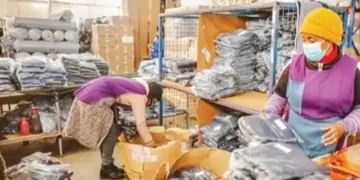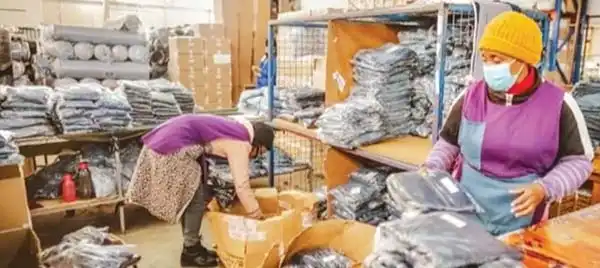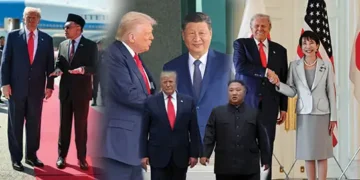Blitz Bureau
AFRICA is adjusting to the new reality of US President Donald Trump’s tariffs, with countries on the continent facing some of the highest export charges.
But what could become a crisis is an opportunity for United States rival China, which has long courted African countries and is now offering them a lifeline.
“We (Africa) are going straight into the hands of China,” Nigerian economist Bismarck Rewane told CNN. “That is the unfortunate outcome,” Rewane said of Africa’s expected further shift toward China, which has emerged in recent years as the continent’s largest bilateral trading partner. Four African nations – Libya, South Africa, Algeria and Tunisia – face some of the steepest tariffs imposed by the Trump administration, with charges on exports ranging from 25% to 30%.
Eighteen other countries from the continent were hit with 15% levies, a modified tariff package released on August 8 by the White House showed. In April, when the US import levies were first announced, Trump pitched them as “reciprocal” and targeting.
But Trump instead based his tariffs on countries’ trade deficits with the United States – not the tariffs they charge. South Africa, one of the continent’s powerhouses, challenged the imposition of a 30% tariff on its US-bound exports, saying Trump’s decision was not based on “an accurate representation of available trade data.” China has offered to soften the impact of US tariffs on Africa, saying in June it would halt charges on imports for nearly all its African partners.
“There is no other opportunity for African countries to strengthen South-South trade (among developing nations) than now,” South African researcher Neo Letswalo told CNN, while urging countries to “solely turn to China and China has imposed some imbalanced trade deals of its own in Africa with trade deficits skewed in its favor, according to the China-Global South Project (CGSP), an organization monitoring China’s engagement with developing countries. Additionally, the bulk of Beijing’s exports to Africa comprise mainly manufactured products, while the continent’s exports to China are commonly raw materials.






























